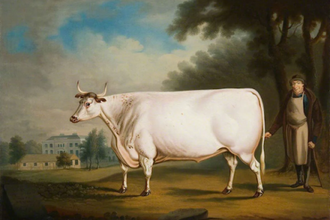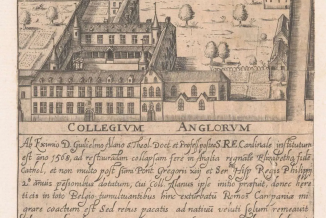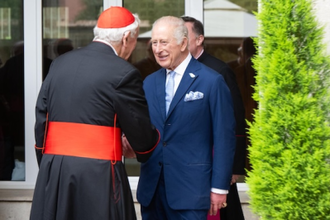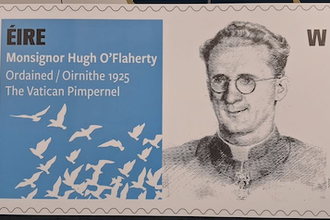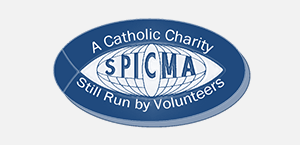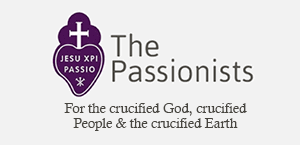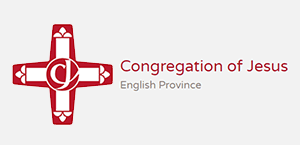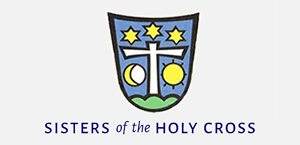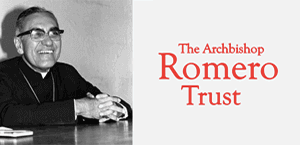Gospel in Art: Feast of Saint Francis of Assisi
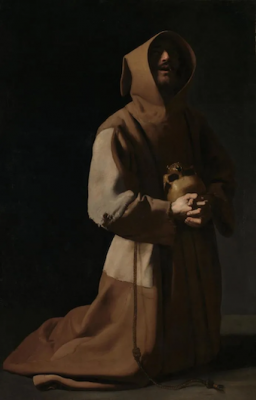
Saint Francis in Meditation, by Francisco de Zurbarán © The National Gallery, London
Source: Christian Art
Gospel of 4 October 2023
Luke 9:57-62
As Jesus and his disciples travelled along they met a man on the road who said to him, 'I will follow you wherever you go.' Jesus answered, 'Foxes have holes and the birds of the air have nests, but the Son of Man has nowhere to lay his head.'
Another to whom he said, 'Follow me', replied, 'Let me go and bury my father first.' But he answered, 'Leave the dead to bury their dead; your duty is to go and spread the news of the kingdom of God.'
Another said, 'I will follow you, sir, but first let me go and say goodbye to my people at home.' Jesus said to him, 'Once the hand is laid on the plough, no one who looks back is fit for the kingdom of God.'
Reflection on the painting
Today we celebrate the Feast of Saint Francis of Assisi (1182-1226). He died in the evening of 3 October 1226. Members of the Franciscan Order continue to recollect his last hours with a service called the "Transitus of St Francis." The Latin word transitus simply means "passing over," and so it marks the passing over of St Francis of Assisi from this earthly life into the eternal life.
This past summer there was a beautiful exhibition on St Francis at the National Gallery in London. Probably some of you went. The exhibition explored the art and imagery of Saint Francis from the 13th century until today. The exhibition showed why Francis appealed to everyone through the ages: his spiritual radicalism, commitment to the poor, and love of God and nature. My favourite painting was Zurbarán's Saint Francis in Meditation. I had seen it before, yet it captured me immensely during my visit in July. We see Saint Francis in a kneeling position in fervent prayer, his clasped hands cradling a skull. Most of his face is in the shadows. We can barely see his eyes.
The patched and heavily worn appearance of the brown habit accentuates the vow of poverty taken by all the order's members. The brown robes reflected the destitution of the peasants Franciscans served at the time of their founding. These habits made of cloth and old clothing donated by those peasants were always undyed brown, the least expensive material of the time.
We also see a simple corded rope, known as a cinture, with three knots around his waist. The three knots represent Poverty, Chastity and Obedience. Zurbarán shows the saint in a moment of profound contemplation, his head tilted upwards and mouth slightly open. He is in awe. He truly lived by today's Gospel reading which says 'I will follow you wherever you go.'
Saint Francis pray for us.
LINKS
Gospel in Art: https://christian.art/
Today's reflection: https://christian.art/daily-gospel-reading/luke-9-57-62-2023/



